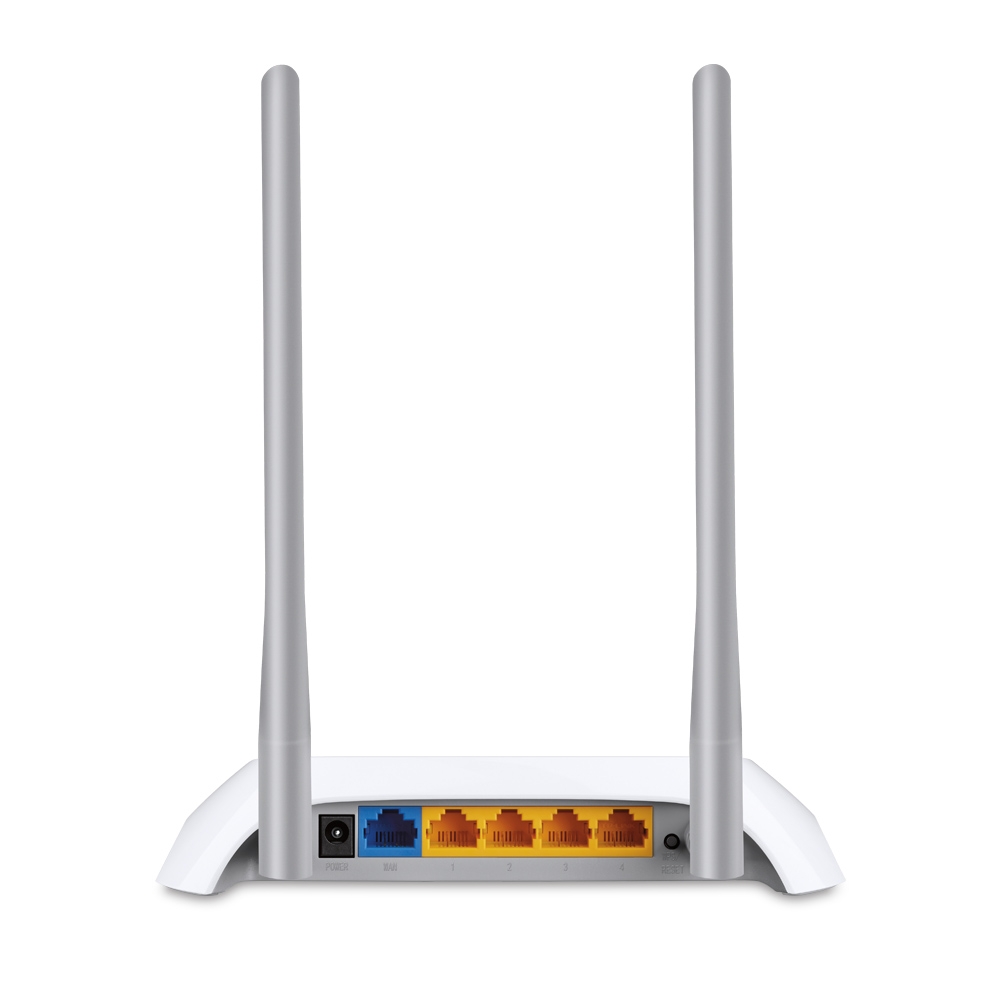Hi,
As the title says, Using my Desktop PC, how can I access my routers Web UI (192.168.0.1) that is connected to my modem through WAN Port?
I provided a simple picture of layout of my concern below:

Router Details:
LAN IP: 192.168.0.1
Subnet Mask: 255.255.255.0
Gateway: 192.168.0.1
Router new Details (After connecting in to the modem) thru WAN Port of the Router and to LAN port of the Modem.
LAN IP: 192.168.100.17
Modem Details:
LAN IP: 192.168.100.1
Subnet Mask: 255.255.255.0
Thank you for the upcoming reply's.
As the title says, Using my Desktop PC, how can I access my routers Web UI (192.168.0.1) that is connected to my modem through WAN Port?
I provided a simple picture of layout of my concern below:

Router Details:
LAN IP: 192.168.0.1
Subnet Mask: 255.255.255.0
Gateway: 192.168.0.1
Router new Details (After connecting in to the modem) thru WAN Port of the Router and to LAN port of the Modem.
LAN IP: 192.168.100.17
Modem Details:
LAN IP: 192.168.100.1
Subnet Mask: 255.255.255.0
Thank you for the upcoming reply's.


